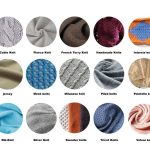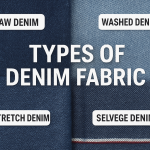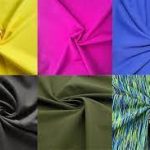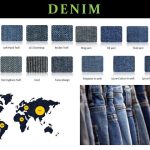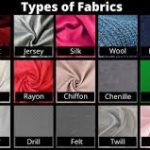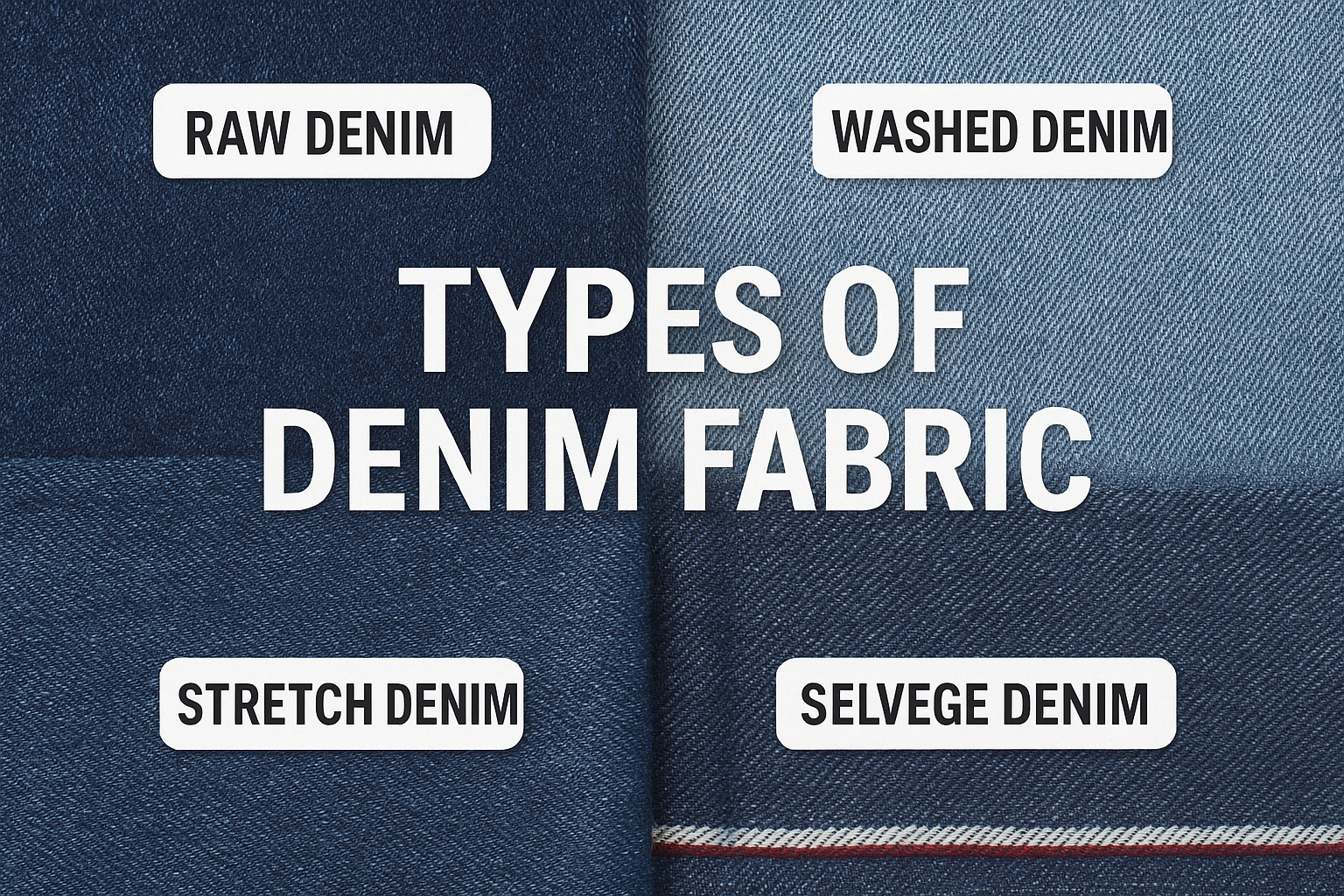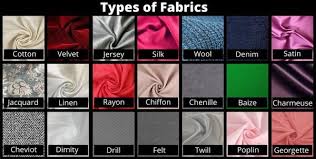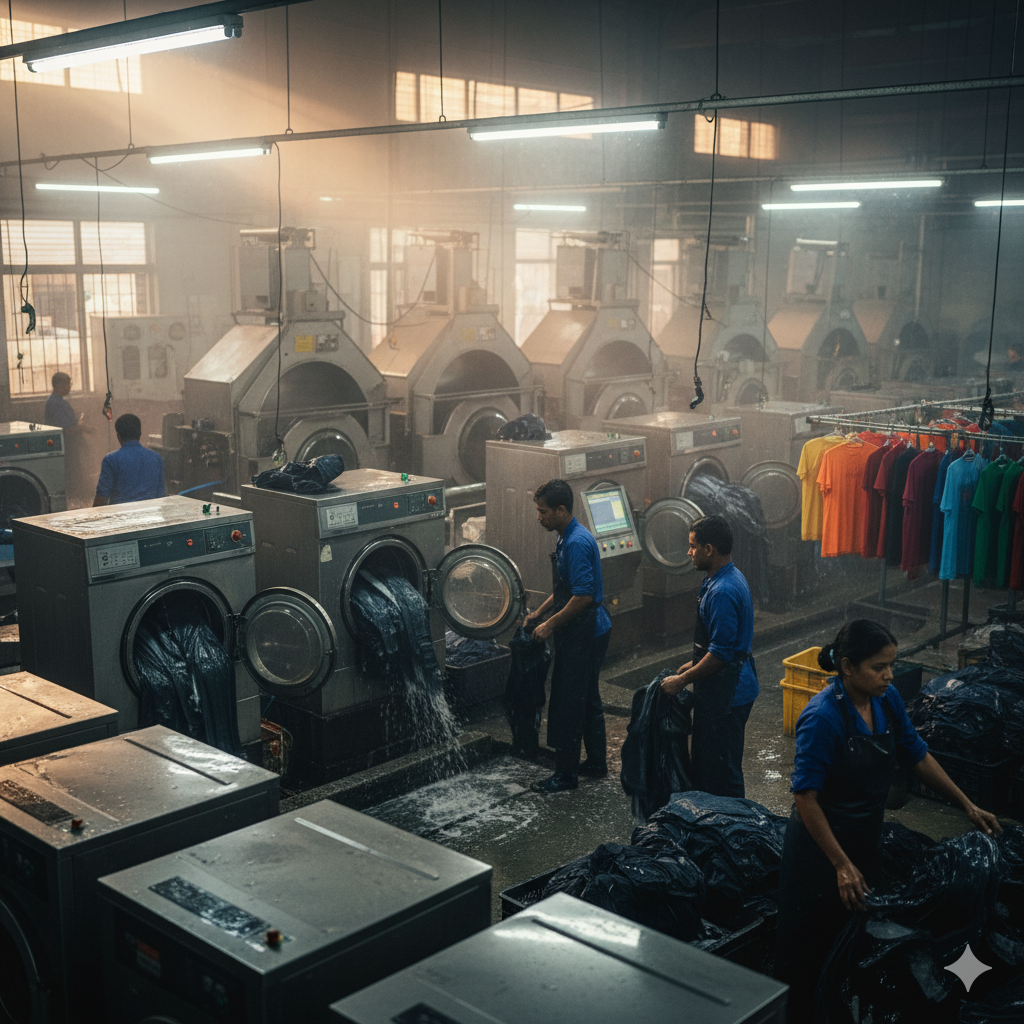Ozone Fading Techniques for Denim Finishing | Sustainable Denim Production
Introduction: The Evolution of Denim Finishing
Denim finishing is the final step that determines a garment’s appearance, texture, and market appeal. Traditionally, denim washing involved stone washing, sandblasting, and chemical bleaching, which are labor-intensive, water-intensive, and environmentally taxing.
With rising sustainability awareness, ozone fading has emerged as an innovative, eco-friendly solution. This technique allows denim manufacturers to achieve stylish faded effects while significantly reducing water and chemical use.
What is Ozone Fading in Denim?
Ozone fading is a process where ozone gas (O₃) oxidizes the indigo dye in denim, producing lighter shades or washed effects. Unlike traditional methods, ozone fading is waterless, energy-efficient, and reduces environmental pollution.
The process works by breaking the conjugated double bonds in indigo molecules, resulting in uniform fading without the mechanical abrasion caused by stone washing.
Advantages of Ozone Fading Over Traditional Methods
1. Eco-Friendly Process
-
Eliminates the need for large water volumes.
-
Reduces chemical effluent and harmful wastewater.
2. Cost-Effective Production
-
Saves on water, chemicals, and energy.
-
Shortens production cycles.
3. Uniform Fading
-
Provides consistent color across all garments.
-
Minimizes uneven washes and defects.
4. Safer for Workers
-
Reduces exposure to harmful chemicals like chlorine or potassium permanganate.
How Ozone Fading Works
Ozone interacts directly with indigo dye molecules, oxidizing them and lightening the fabric. The reaction is controlled by:
-
Ozone concentration
-
Exposure time
-
Fabric type and weave
-
Garment moisture content
The process allows creative effects like gradients, whiskers, honeycombs, and vintage looks without excessive water or chemicals.
Ozone Fading Equipment
Successful ozone fading requires specialized machinery:
-
Ozone Generator – Produces precise O₃ levels using corona discharge or UV radiation.
-
Fading Chamber – Ensures even gas distribution and controlled environmental conditions.
-
Rotating Drum or Conveyor – Promotes uniform garment exposure.
-
Safety Systems – Ventilation, ozone destruct units, and sensors for worker safety.
Types of Ozone Fading Techniques
Batch Fading
Garments are treated in a closed chamber for uniform fading. Ideal for small to medium production batches.
Continuous Fading
A conveyor-based system allows high-volume production with consistent results.
Spot Fading
Selective application creates fashion effects such as whiskers and localized fades.
Combined Fading
Ozone is combined with enzymes or minimal chemicals for custom finishes and vintage looks.
Factors Affecting Ozone Fading Quality
-
Ozone Concentration: Higher levels fade faster but can weaken fibers.
-
Exposure Time: Longer exposure lightens denim; overexposure may damage fabric.
-
Fabric Composition: Cotton-rich denim reacts better than blends.
-
Garment Construction: Heavier denim requires longer treatment.
-
Moisture Content: Slightly damp denim allows better ozone penetration.
Step-by-Step Ozone Fading Process
Step 1: Garment Preparation
-
Inspect and clean garments.
-
Remove loose threads and dirt.
-
Adjust moisture content if needed.
Step 2: Ozone Treatment
-
Place garments in the chamber or conveyor.
-
Set ozone concentration, exposure time, temperature, and airflow.
Step 3: Neutralization (Optional)
-
Rinse garments lightly to remove residual ozone.
-
Prevents further oxidation during storage.
Step 4: Post-Treatment Finishing
-
Softening, brushing, or additional washing.
-
Final inspection for uniform fading and quality assurance.
Applications of Ozone Fading in Fashion
-
Light Denim Looks: Stone-wash or acid-wash effects without water-intensive methods.
-
Designer Effects: Whiskers, honeycombs, vintage and contrast fades.
-
Sustainable Collections: Eco-friendly denim for conscious consumers.
-
Mass Production: Efficient, consistent fading for large-scale manufacturing.
Comparison: Ozone Fading vs. Traditional Methods
| Feature | Traditional Washing | Ozone Fading |
|---|---|---|
| Water Usage | High | Minimal |
| Chemical Use | High | Low |
| Processing Time | Long | Short |
| Consistency | Moderate | High |
| Labor Requirement | High | Moderate |
| Fabric Damage Risk | Medium to High | Low to Moderate |
| Environmental Impact | High | Low |
Environmental Benefits
-
Water Conservation: Minimal or no water usage.
-
Reduced Chemical Pollution: Eliminates toxic bleaching chemicals.
-
Energy Savings: Shorter processing cycles reduce electricity.
-
Worker Safety: Controlled environments limit chemical exposure.
Ozone naturally decomposes into oxygen, making it an environmentally clean technology.
Challenges and Limitations
-
High Initial Investment: Equipment cost is significant.
-
Fabric Weakening: Overexposure may damage cotton fibers.
-
Skilled Operation Needed: Precise control of ozone concentration and time is essential.
-
Limited Effect on Synthetic Dyes: Ozone mainly reacts with indigo.
Future Trends in Ozone Denim Finishing
-
Automation: AI-controlled ozone systems for precise fading.
-
Hybrid Techniques: Combining ozone with enzyme or laser finishing.
-
Sustainable Fashion Growth: Rising demand for eco-conscious collections.
-
Customization: On-demand, small-batch fashion fading.
Conclusion
Ozone fading is transforming the denim industry by offering eco-friendly, cost-effective, and efficient finishing solutions. It reduces water and chemical consumption, improves garment consistency, and supports sustainable fashion initiatives. With proper control and skilled operation, ozone fading enables high-quality, trendy denim while minimizing environmental impact.
As consumer demand for sustainable and innovative fashion grows, ozone fading is set to become a standard in modern denim production.
Internal Link Suggestions (for SEO & navigation):
External Link Suggestions:
